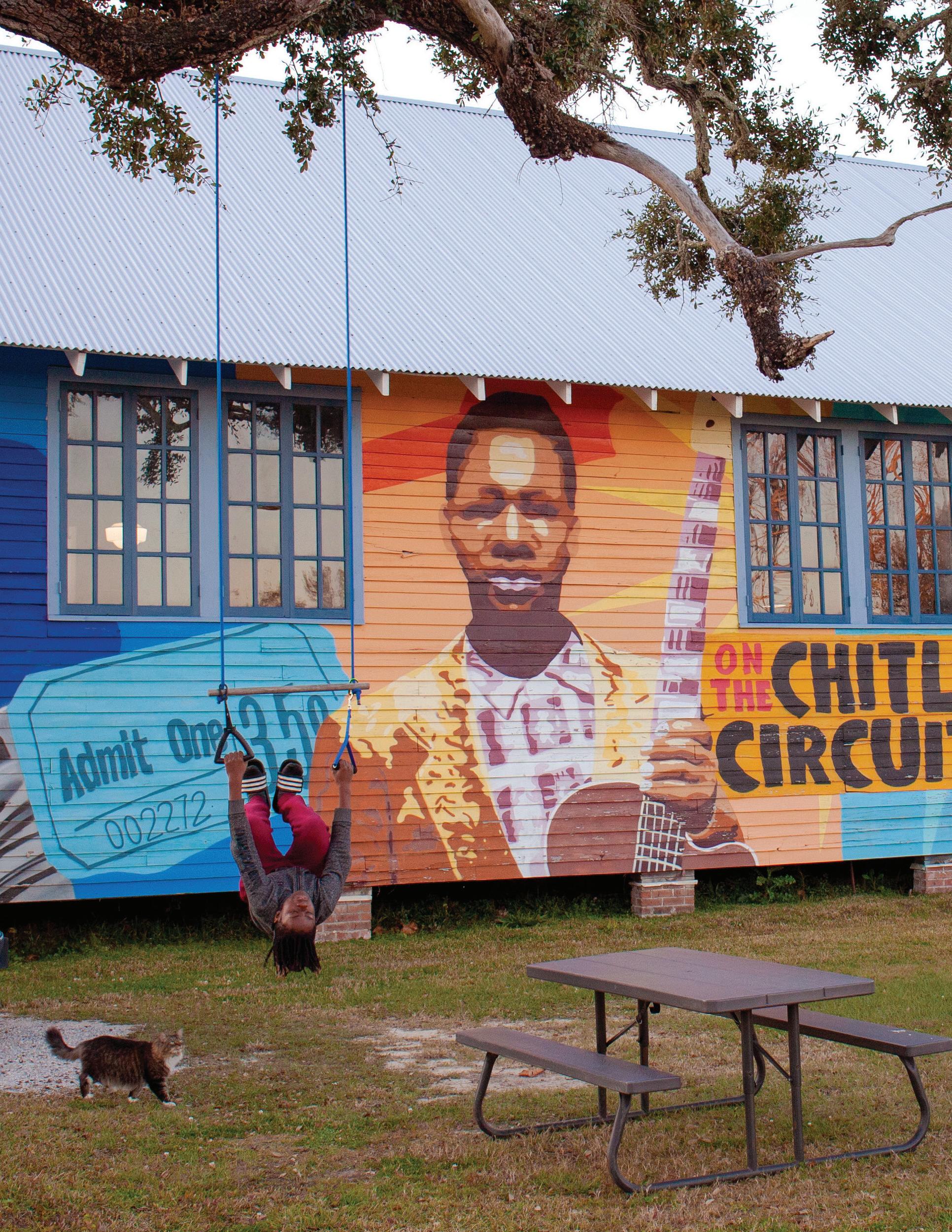
7 minute read
100 Years at 100 Men Hall

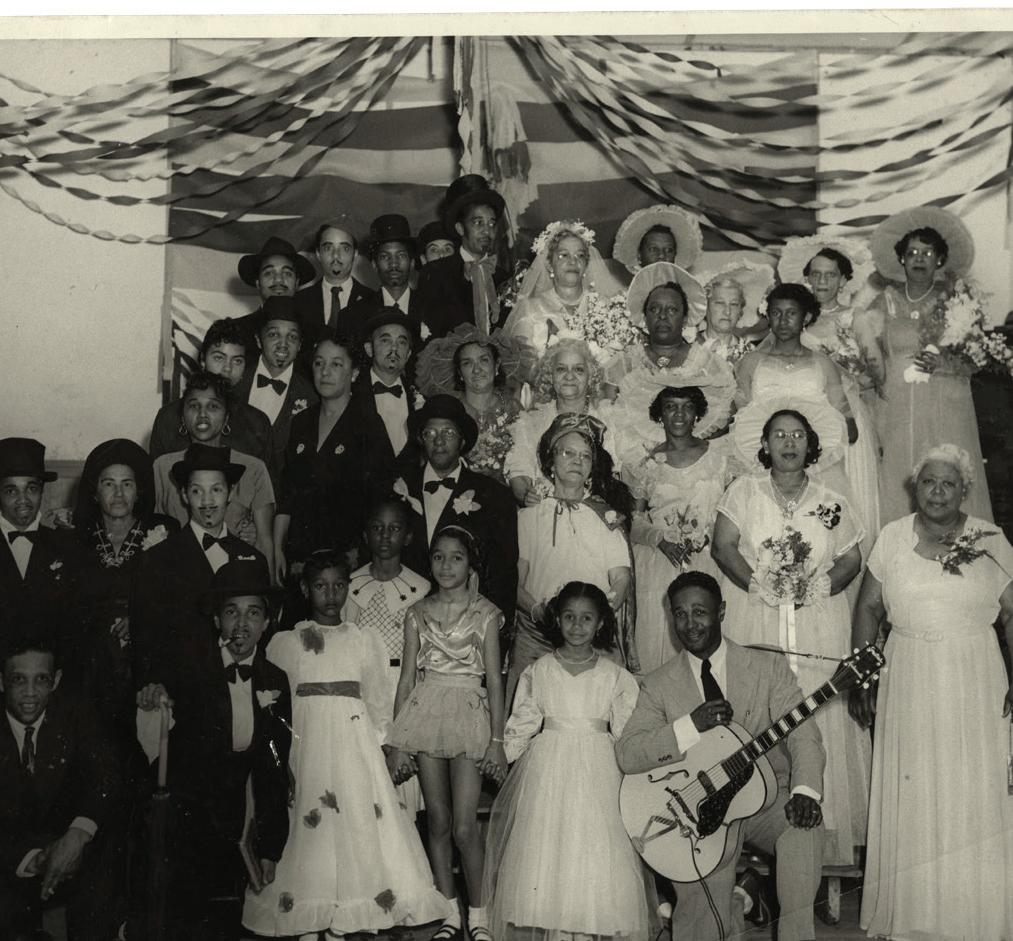
100 00 at
100 Men Hall
By Rachel Dangermond, Director of 100 Men Hall
100 years ago, the vision of 12 civic-minded men became a reality when the doors of 100 Men Hall opened in Bay St. Louis. The revered landmark not only still stands, but actively serves Mississippi’s Gulf Coast as a cultural venue, hosting live music events, artists' presentations, private celebratory events and unique workshops for children and adults. Located in Bay St. Louis’s historic district, 100 Men Hall is situated across the railroad tracks from the community’s famed L & N Train Depot, which was constructed in 1928, six years after 100 Men Hall.

In 2018, 100 Men Hall changed ownership, and with the support of an engaged and enthusiastic board of directors and membership organization, is as determined to maintain the venue’s treasured African American history as is to ensure the hall thrives today as a lively, vital Gulf Coast attraction for all. This summer’s centennial celebration will kick off a yearlong series of events designed to embrace both its history and its future.
The aforementioned 12 civic-minded men were African Americans who came together to form a benevolent society to take care of their community, who until the 1960’s, were denied access to burial and medical insurance. The “Hundred Members Debating Benevolent Association” was organized to “assist its members when sick, bury its dead in a respectable manner and knit friendship.”
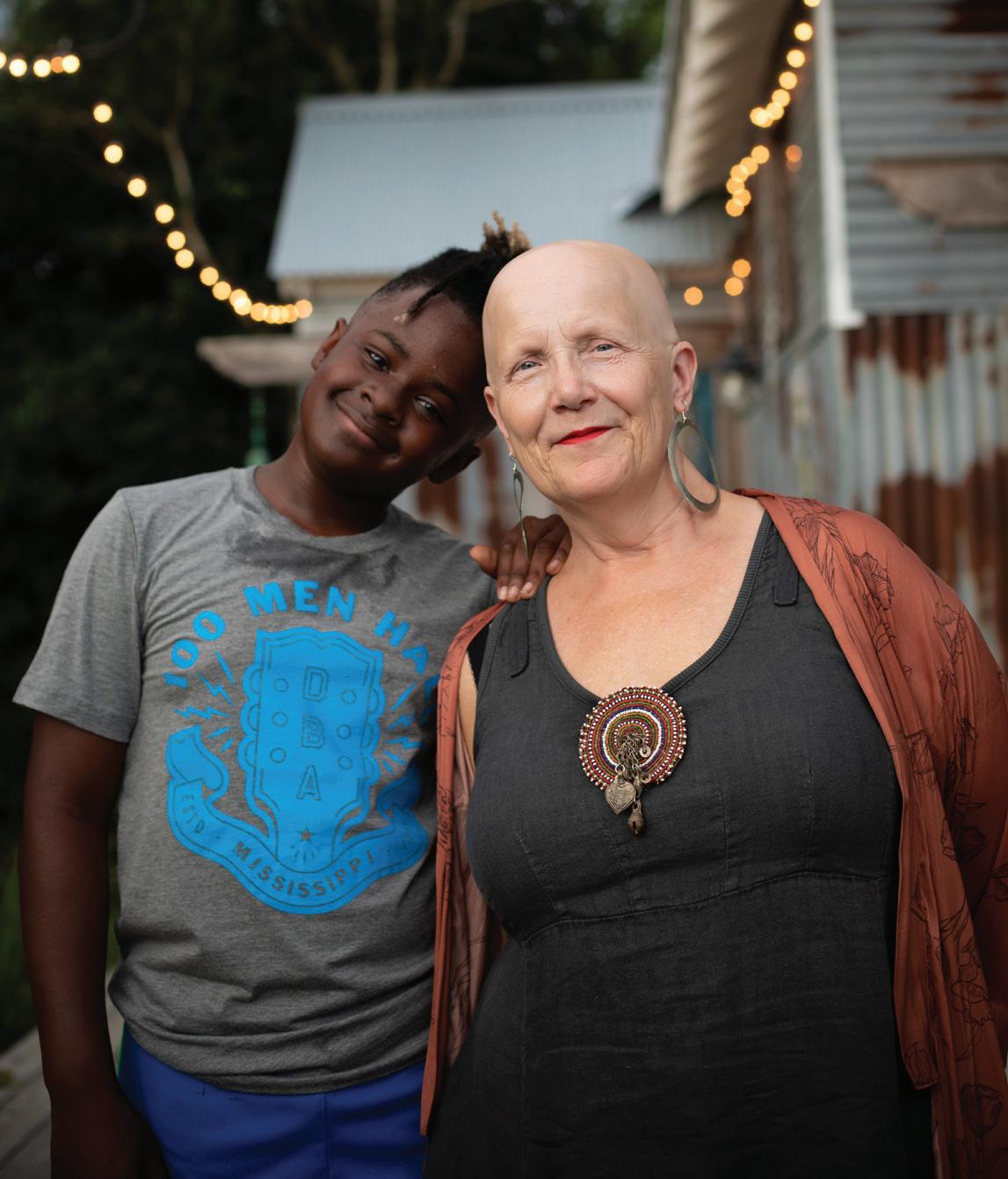
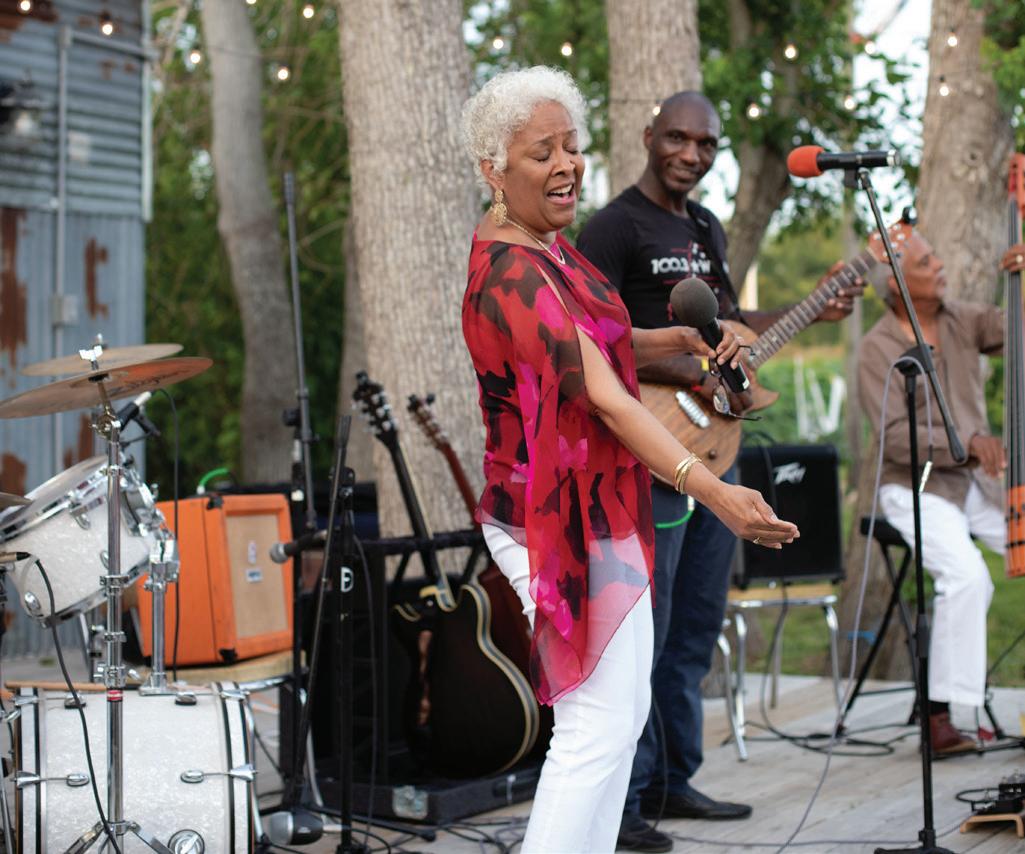
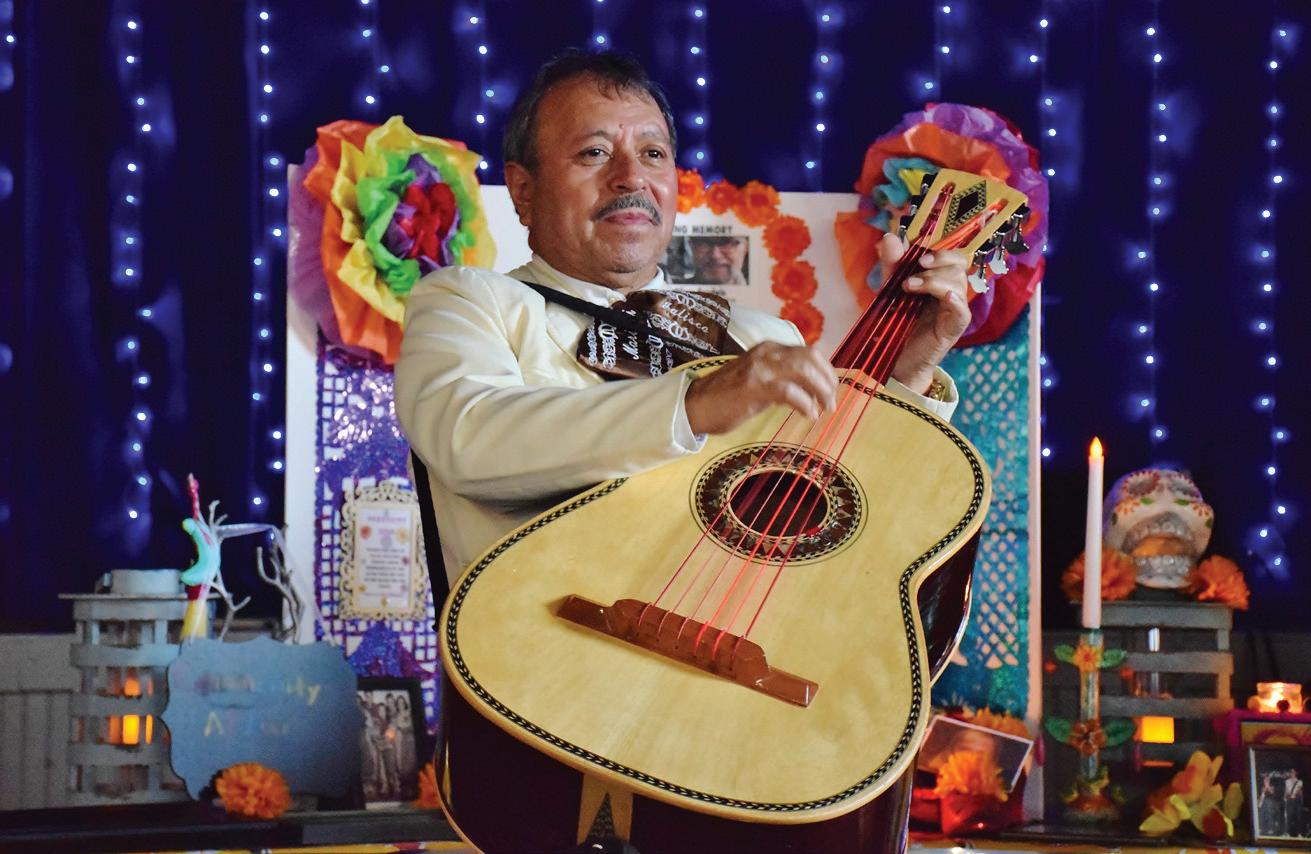

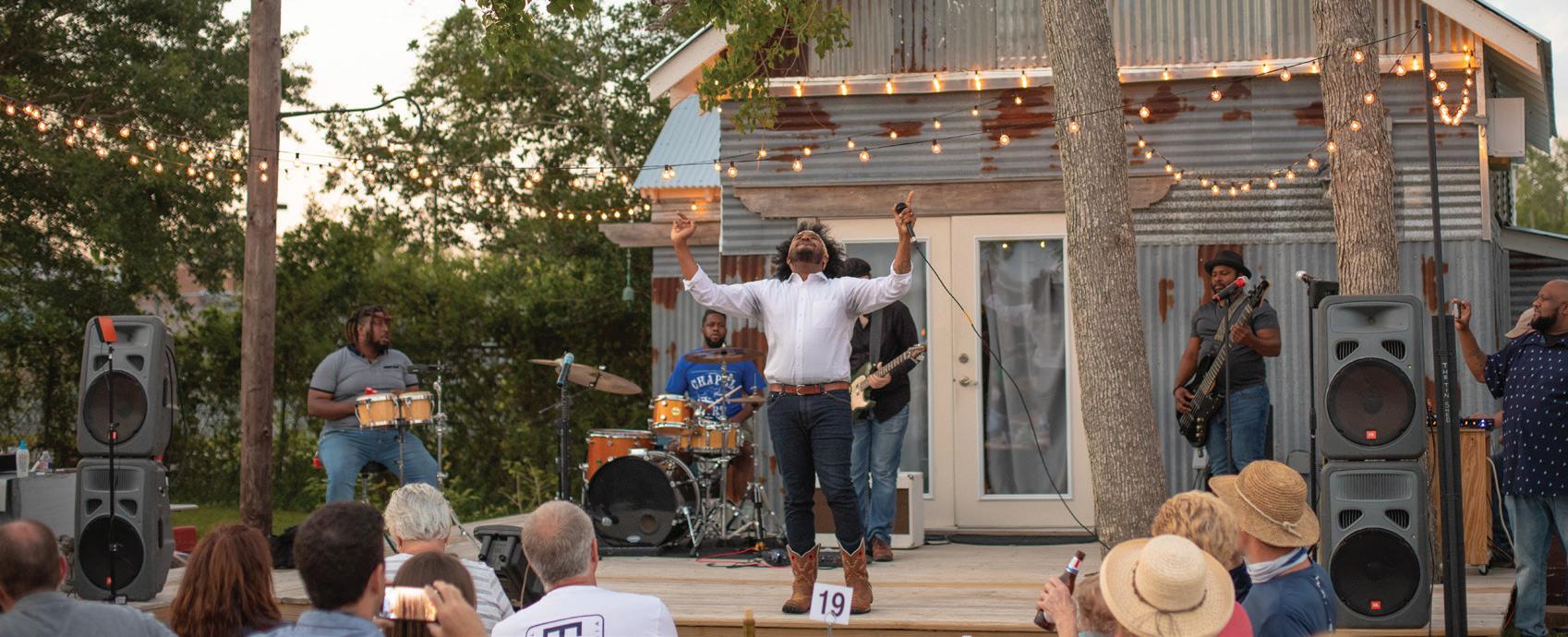
From the nonprofit organization grew a desire for a place to gather and celebrate all life events, and when, in 1922, the 100 Men Hall was built, it quickly came to be the epicenter of Black life and culture for the MS Gulf Coast. Talented musicians barred from performing elsewhere were welcomed and their performances supported cooperative economics. Over the years, legendary musicians such as James Brown, Etta James and Ray Charles took the stage of 100 Men Hall which grew to be a stop on the famed Chitlin' Circuit.
The nonprofit’s mission shifted to include the promotion and preservation of the hall, which had grown to become a nexus of social justice and artistic expression for a population historically denied access to both in the Jim Crow South. A notable structure with an important story, the hall represents a rare architectural monument to African American life on the Gulf Coast and is one of the few standing sites on the MS Blues Trail and within the MS Gulf Coast National Heritage Area.
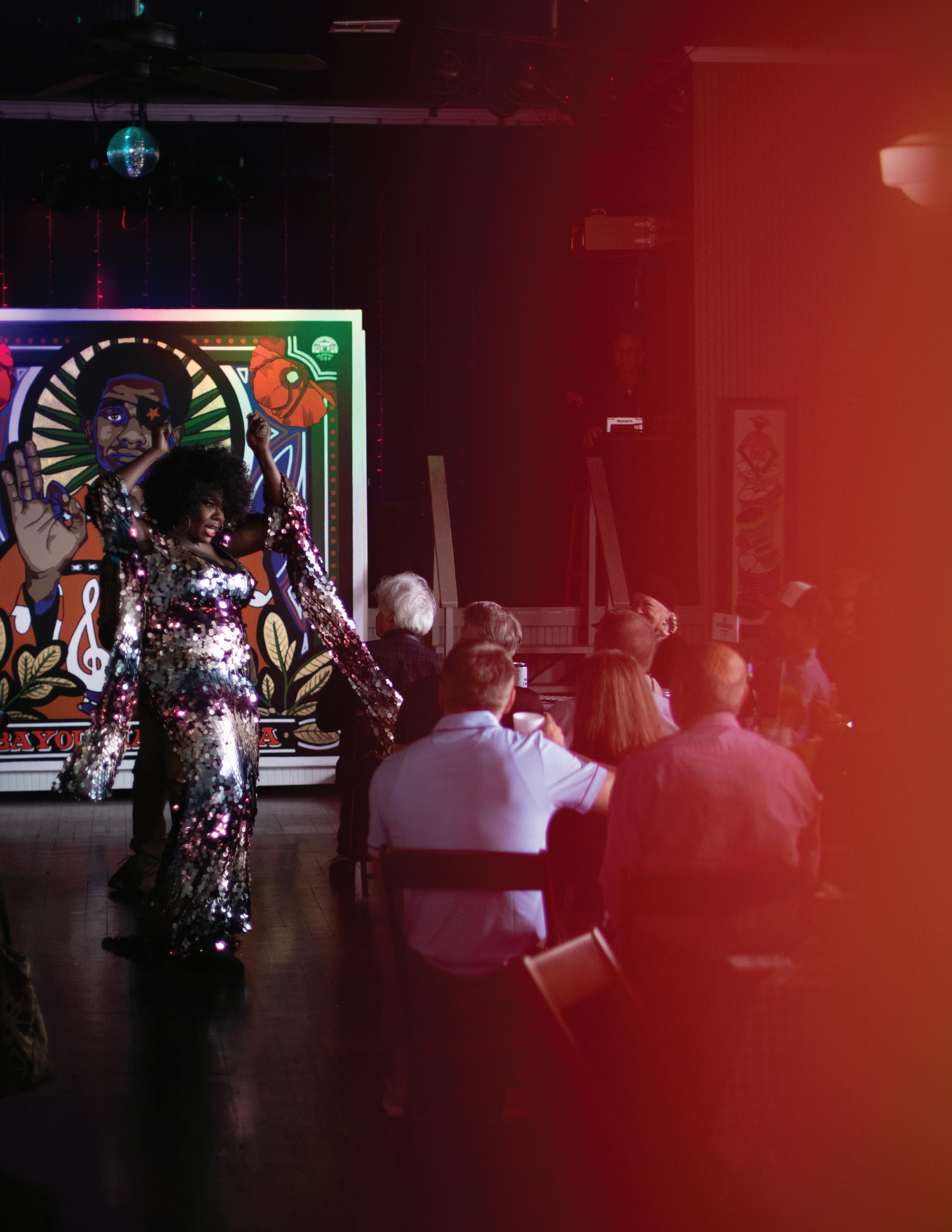


The 501c3 nonprofit – still using the name “Hundred Members Debating Benevolent Association” – has returned the hall to a meaningful role in the community, and today’s vision mirrors that of its original founders: to form a bridge between its original mission and the current needs of the community. In 2019-20, through a MS Gulf Coast National Heritage Community Grant, the Hall was able to strengthen its bond to the community through the 100 Men Hall People Project (the100menhall.com/blogs/100-men-hall-people-project), promote the Hall through a visual storyboard painted as a mural on the side of the building (the100menhall.com/blogs/the-mural-project) and foster its heritage with the addition of a visiting musician/artist cottage in the Tin Shed (the100menhall.com/blogs/ tin-shed).
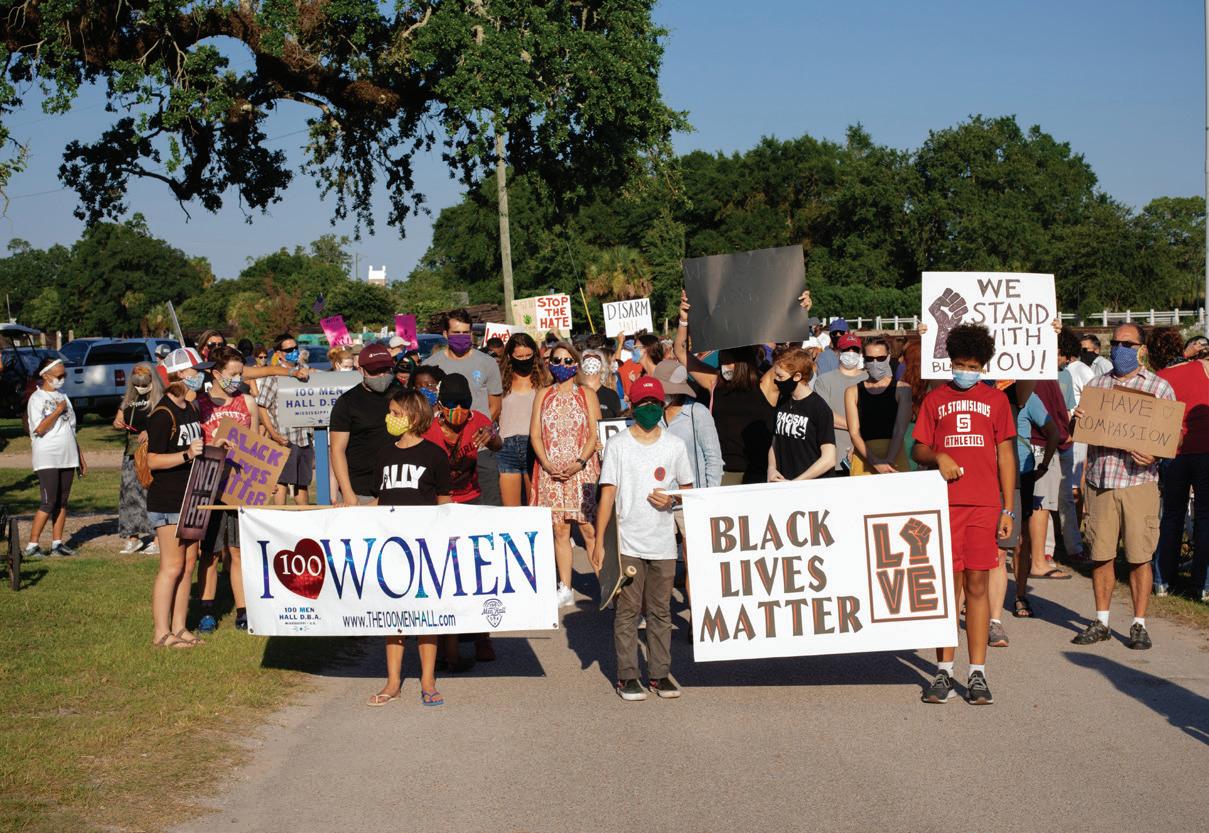
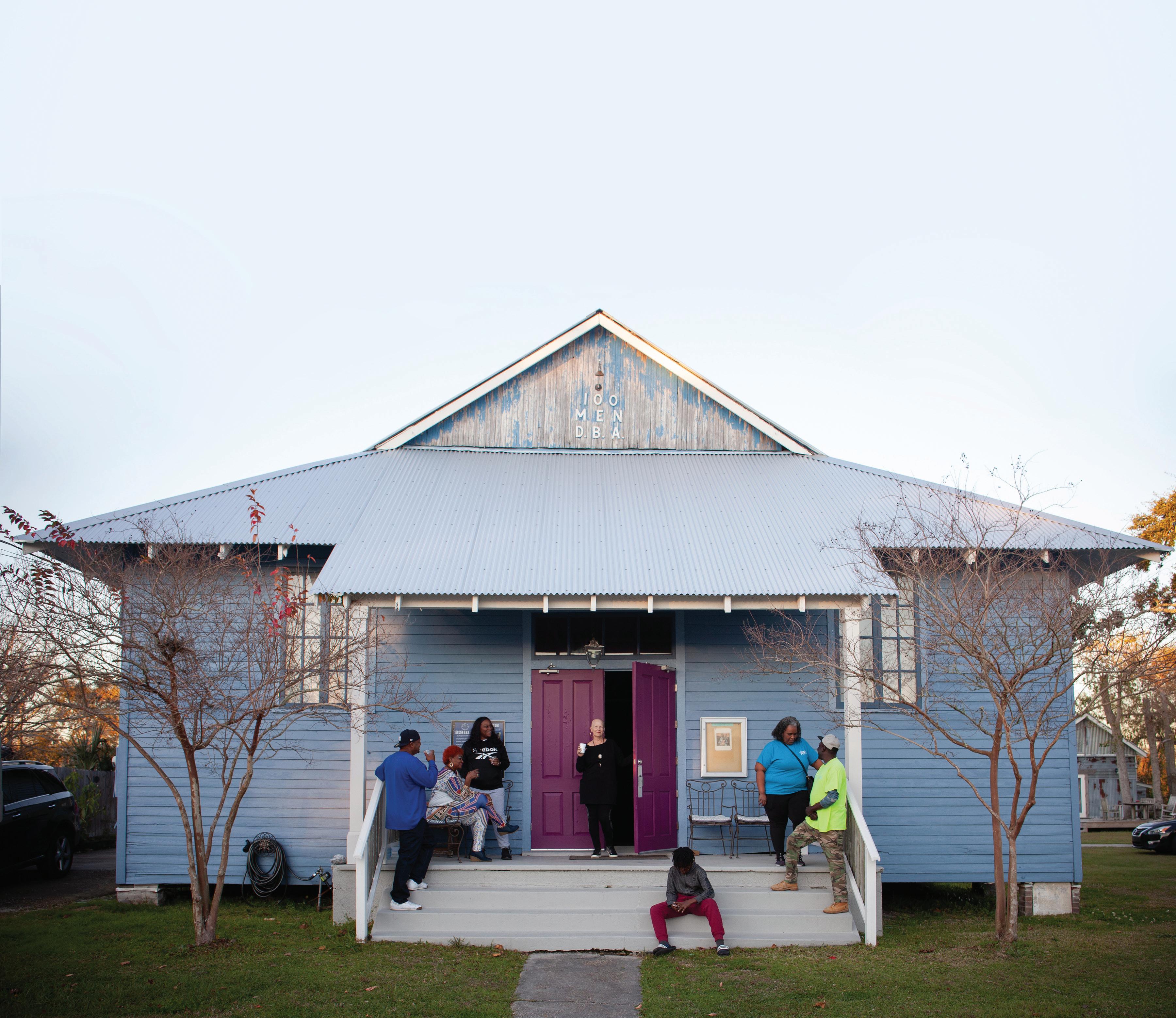

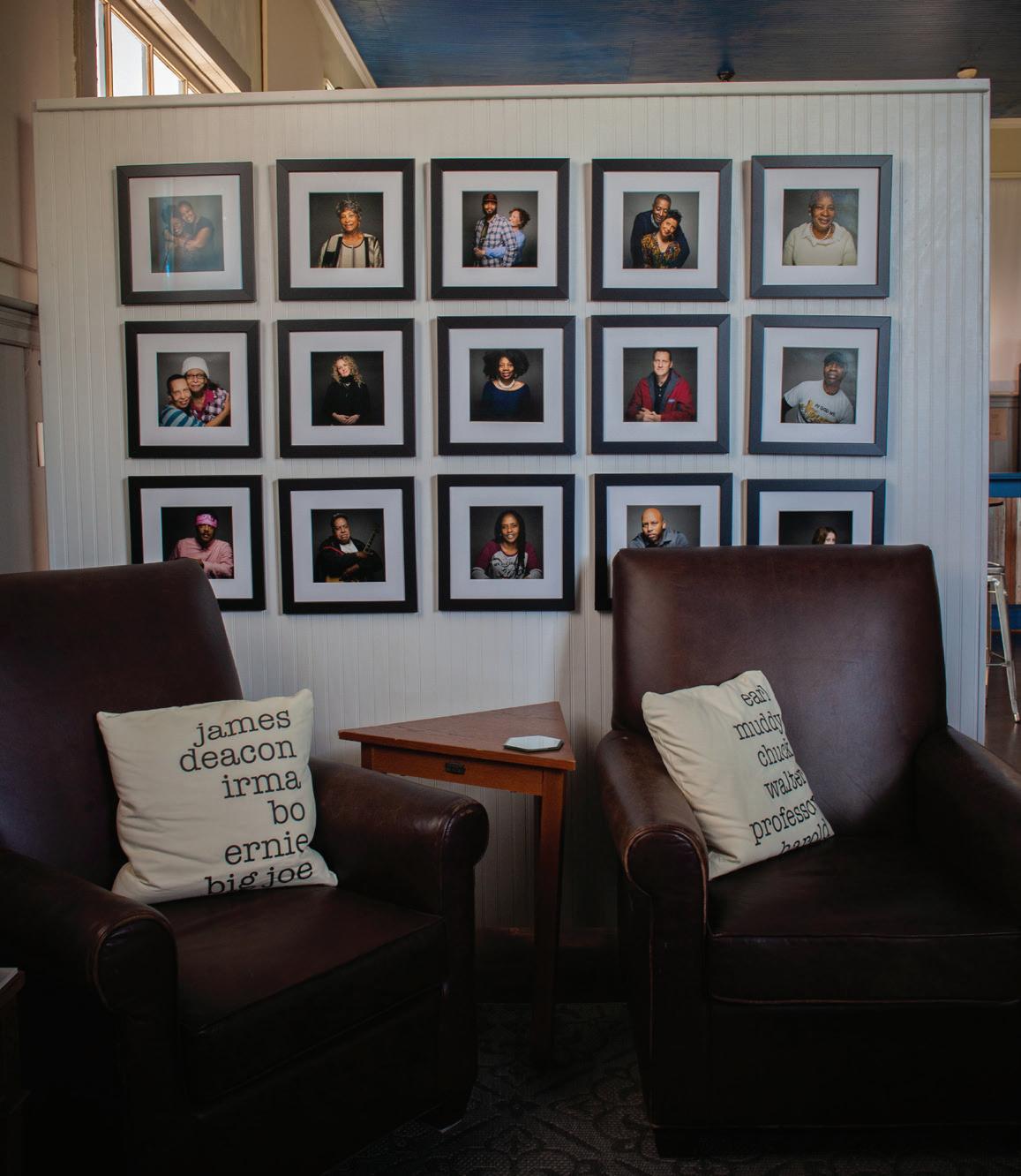

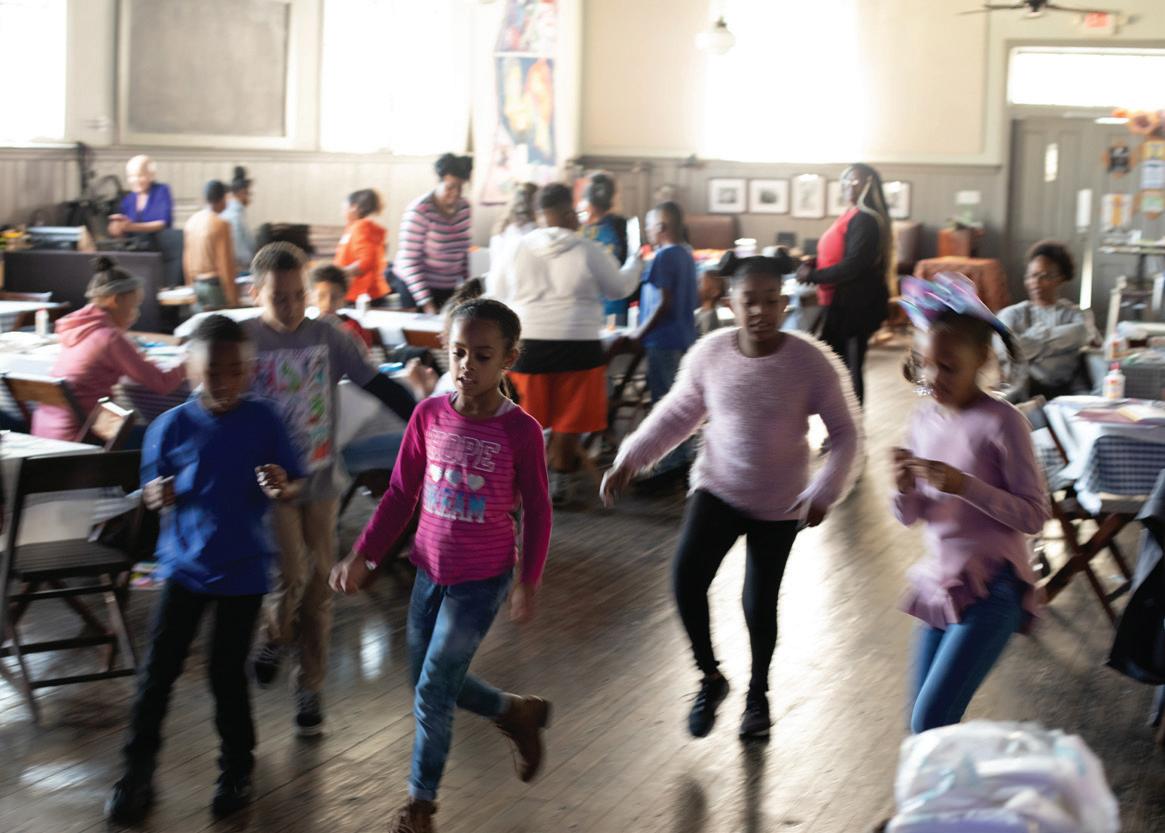
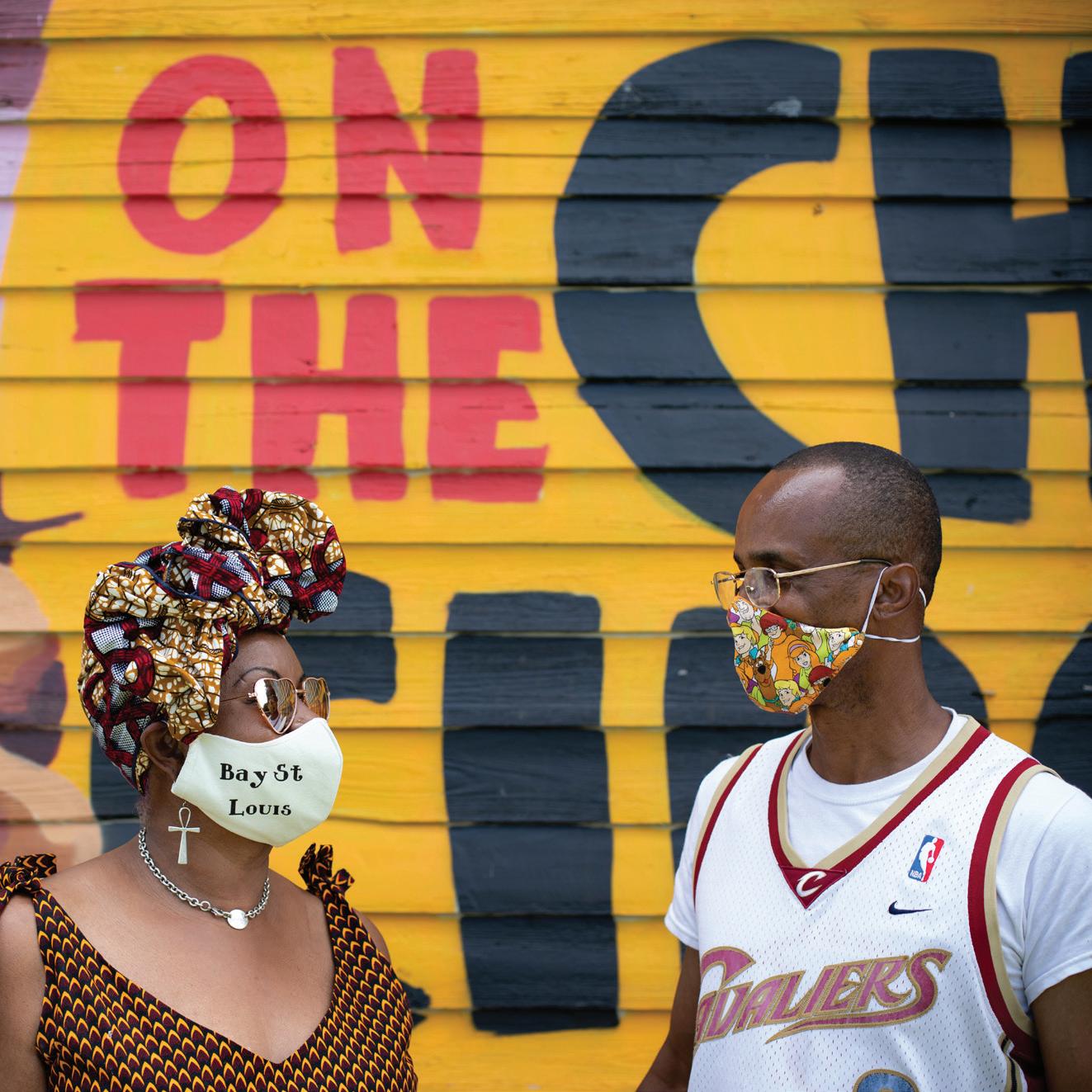
Today, the hall serves as a living heritage museum that carries the unique cultural and musical history particular to the Gulf Coast into the 21st century through live music and cultural events. Its membership organization – 100 WOMEN DBA (the100menhall.com/blogs/100-womendba) – fosters civic participation in a variety of causes to promote the greater common good, supporting creative expression and activist art for women of color who have struggled to find a mainstream connection due to their social or artistic convictions, or minority status.
Those familiar with the hall consider it a beloved community treasure; those learning about it for the first time are instantly captivated by its storied past. Having survived social and environmental events such as Camille (1969), Katrina (2005) and Zeta (2020), the hall’s yearlong, Centennial Celebration will extend from June 2022 to June 2023 with community events to engage people of all ages in its history, significance and mission.
To find out more about the hall and upcoming events, add your name to our email list on our website at 100menhall.com.
1.Bay St. Louis1 Bay St. Louis Bay St. Louis
2Biloxi Biloxi
3Pass Christian Pass Christian
4Gulfport Gulfport
5Moss Point Moss Point

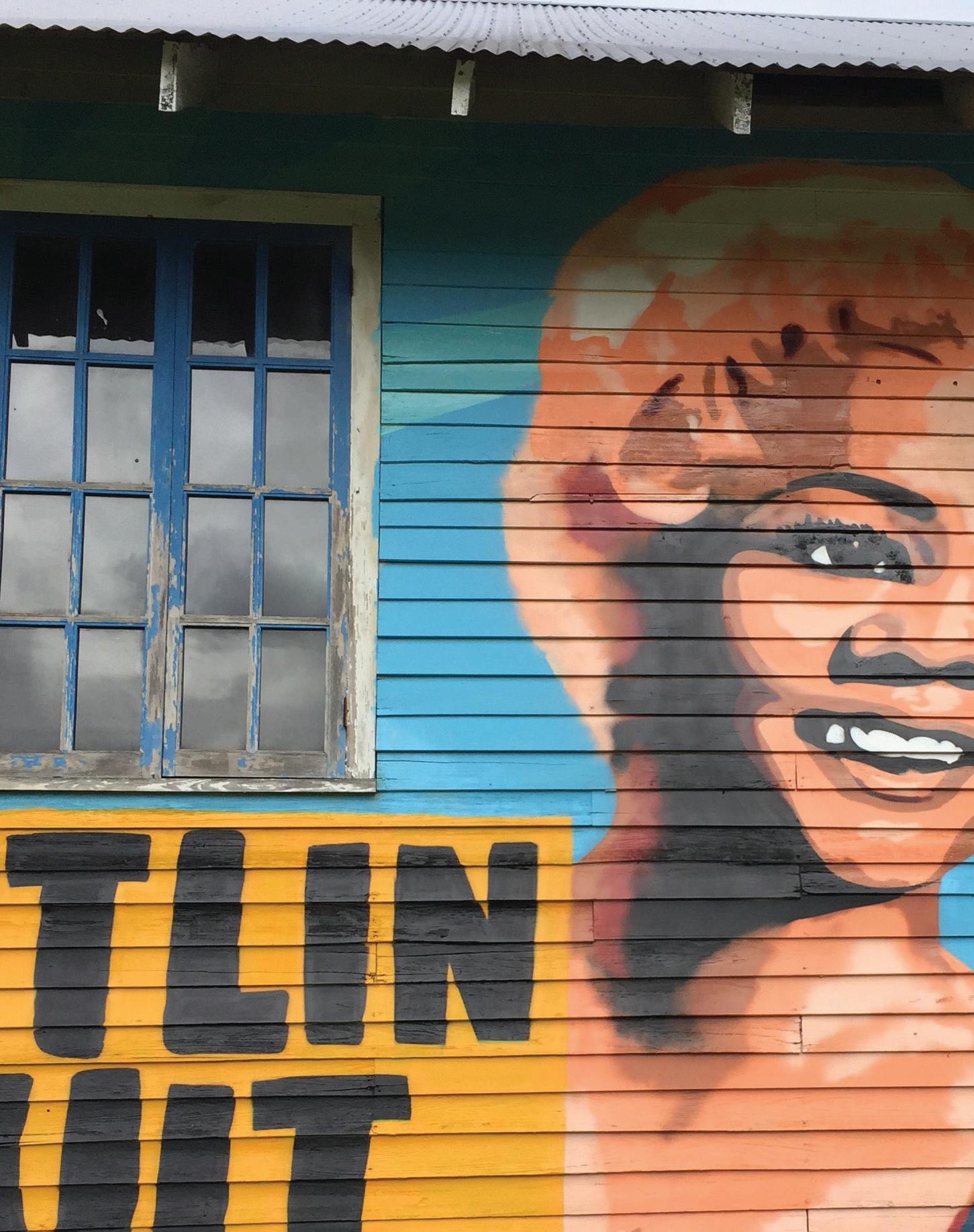
1The 100 Men D.B.A. Hall, a longtime center of African American 2In the 1940s, as business on Biloxi Biloxi’s Main Street prospered, clubs featured both traveling acts and local bands, as well as jukeboxes and slot machines. Biloxi was strutting to the rhythms of cakewalk dances, vaudeville and minstrel show music, dance orchestras, and ragtime pianists by the late 1800s, before blues and jazz had fully emerged. 3The histories of blues and jazz are often traced along separate pathways, but, especially on the Gulf Coast, the two genres were intertwined from the earliest days. Blues was a key element in the music of Pass Christian Pass Christian’s illustrious native son Captain John Handy (1900-1971) and other locals who played traditional jazz or rhythm & blues.
social life and entertainment in B Ba ay y S St t. L . Lo ou uiis s, was built in 1922 by the One Hundred Members’ Debating Benevolent Association. Over the years the association sponsored many blues, acts. Performances included Etta James, Big Joe Turner, Guitar Slim, Irma Thomas, Professor Longhair, Deacon John, and numerous others.
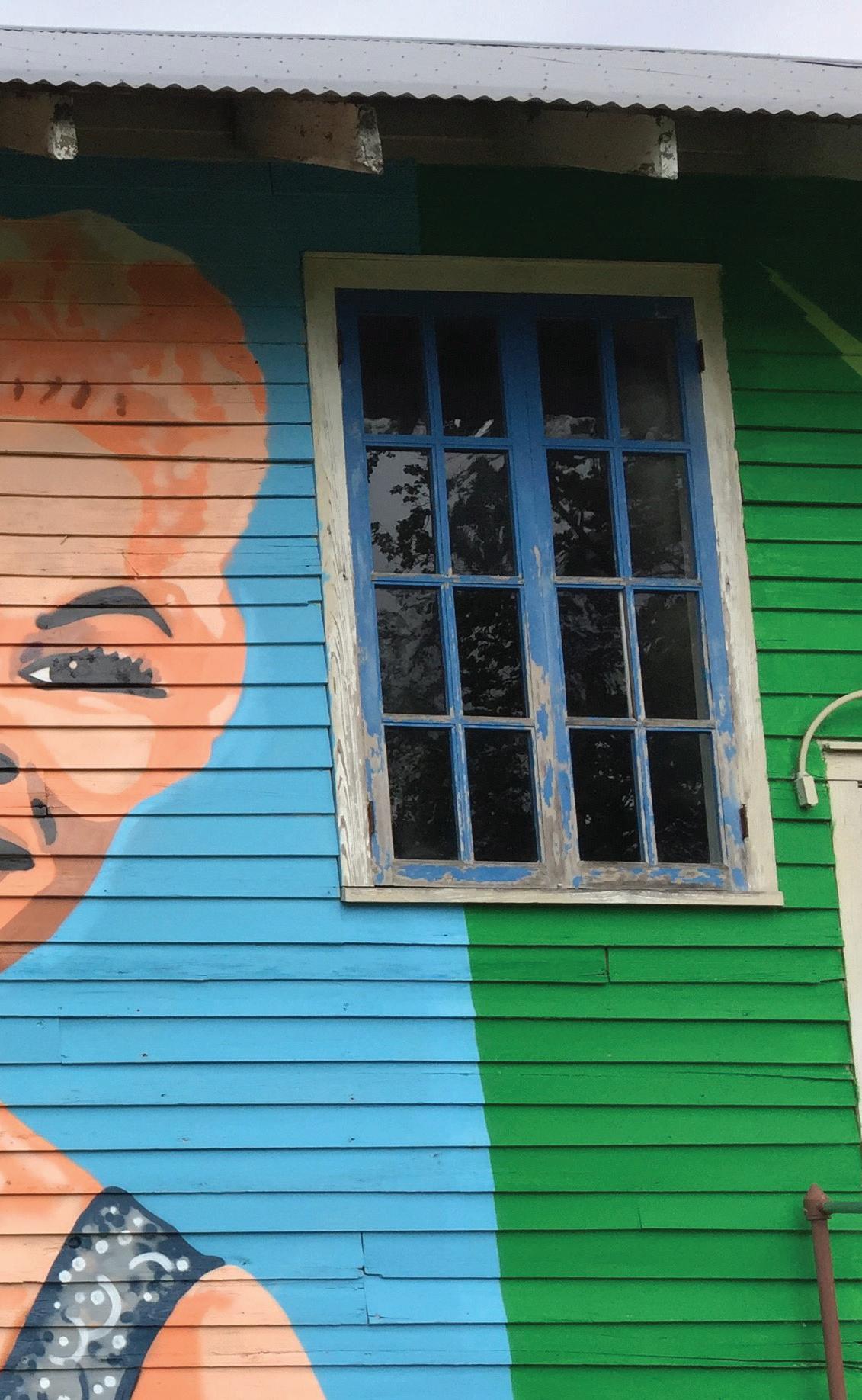



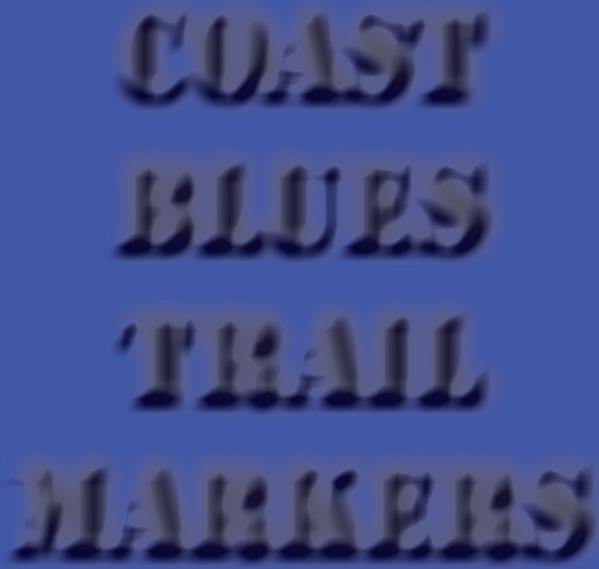

4Gulfport Gulfport has been fertile territory for musicians who not only turned this area into a hotbed of blues and R&B but also impacted popular music on an international scale. Carl Gates, a bandleader and band director at 33rd Avenue School, also booked many leading blues and soul acts who regularly plied the coast’s chittlin circuit. 5Moss Point Moss Point was a center of African American music even before the city was incorporated in 1901. The Biloxi Weekly Herald published reports on local bands as early as 1898, and praised the city’s Earl band in 1903. Several early Moss Point musicians became nationally recognized minstrel show performers. Did you know that the Coast has eight markers on the Mississippi Blues Trail? These markers span from the roots of the genera, up to the 21st century.
The Mississippi Blues Trail markers tell stories through words and images of bluesmen and women and how the places where they lived and the times in which they existed–and continue to run the gamut from city streets to fairgournds, train depots to cemeteries, and clubs to churches. We have a lot to share, and it’s just down the Mississippi Blues Trail.
Center Image: Detail of a mural depicting Irma Thomas painted on the south side of the 100 Men Hall in Bay St. Louis. The creation of the mural was partially funded through a grant from the MS Coast NHA.








